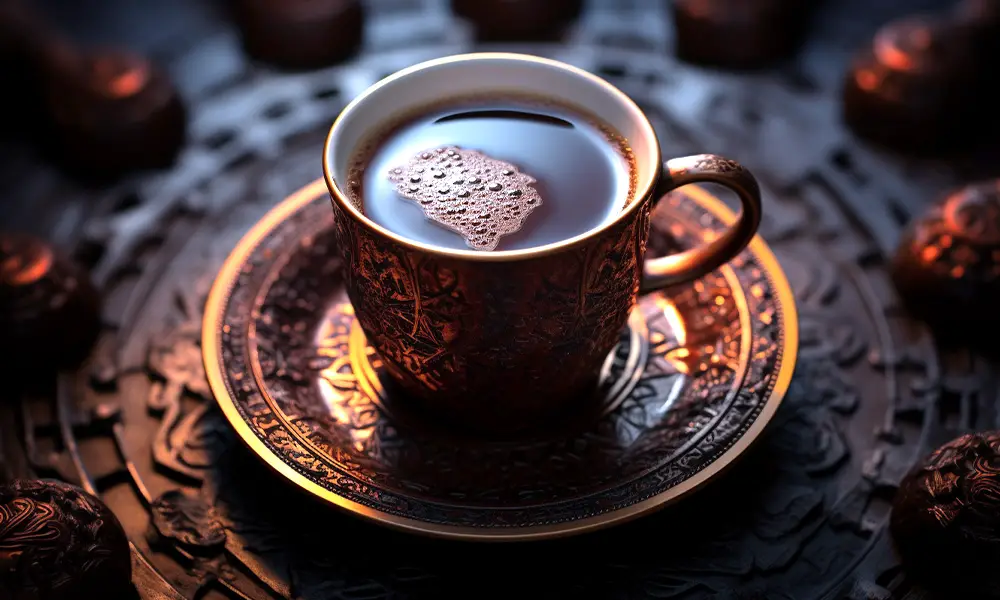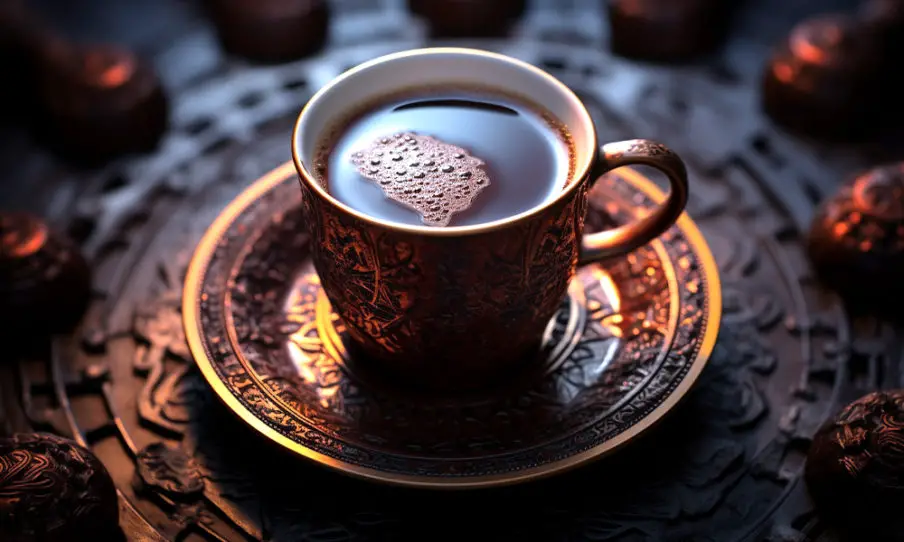
Discover the rich history and unique flavor of Malaysian Kopi coffee, a hidden gem among Southeast Asian brews. In this comprehensive guide, we’ll explore the origins of Kopi, from its introduction during the British colonial era to its evolution into a beloved Malaysian staple.
Learn about the distinctive brewing process that sets Kopi apart, involving dark roasted Robusta beans, caramelized sugar, and sweetened condensed milk.
Get ready to experience the bold, bittersweet taste and luscious texture that make Malaysian Kopi an essential treat for any coffee lover seeking new and exciting flavors from around the world.
A Brief History of Malaysian Kopi
While coffee was introduced to Malaysia (then Malaya) by the British in the late 1800s during the colonial era, the locals ultimately made it their own by adapting the brew to suit local tastes. By adding sweetened condensed milk to counter the intense bitterness of the dark coffee, Malaysians created a new localized drink – Kopi.
In the early days, street vendors with mobile carts were the main purveyors of Kopi. They would set up on roadsides and in public areas, providing an affordable cup of coffee to the working class. The Kopi stall soon became a fixture of the Malaysian food scene. Patrons could enjoy a hot cup of their favored brew along with bites like toast and curry puffs.
By the 1950s, modest shops called kopitiams began popping up, selling fresh Kopi alongside other food and drinks. Kopitiams became hubs for social gatherings and community bonding over a shared love of Kopi. To this day, they remain an integral part of Malaysian food culture, where locals often begin their days sipping a cup of their regular order.
The Signature Brewing Process
So what goes into crafting a perfect cup of Malaysian Kopi? It starts with using high quality Robusta coffee beans grown in Malaysia’s central and southern regions. Robusta beans contain nearly twice as much caffeine as Arabica and give Kopi its distinctively strong, bitter flavor.
The Robusta beans are roasted with sugar in a wok over charcoal, resulting in a glossy dark sheen from the caramelized sugars coating each bean. Constant stirring roasts the beans evenly during the process. Longer roasting creates a shiny black bean color and an intensely bittersweet flavor.
Once roasted, the beans are ground down to a fine powder, with a consistency almost like cake flour. The ground Kopi powder is then spooned into a perforated metal cup and steeped over hot water. The coffee concentrates drips through the strainer holes directly into the waiting cup.
Here comes the signature Malaysian touch – 1 to 2 tablespoons of sweetened condensed milk are poured into the cup before the Kopi is added. As the dark brew trickles down, it combines with the lusciously sweet milk, creating the quintessential Kopi color and flavor. A final stir integrates the elements into the finished drink ready for consumption.
The Taste Experience of Kopi
So what can you expect when you take your first sip of authentic Malaysian Kopi? Flavor-wise, you’ll notice it’s sweeter and thicker compared to Western-style brewed coffee, while also packing a serious punch of robust coffee intensity. The interplay between the rich caramel-like coffee and sugary milk creates an indulgent dessert-like drink, yet with an unmistakably strong caffeinated kick.
Visually, a cup of Kopi is a sight to behold – its appearance is as characteristic as its taste. When poured, Kopi is an opaque pitch black. Once the condensed milk is added and mixed in, the drink transforms into a warm tan shade. This distinct color contrast is part of what makes Kopi instantly recognizable.
The consistency of Kopi leans towards the thicker side due to the fine coffee powder and viscous condensed milk. Some Westerners may find it too full-bodied compared to the coffee they’re accustomed to back home. But part of Kopi’s charm is its almost chewy texture that coats your tongue as your drink it.
Make no mistake – Kopi packs a punch in terms of bitterness. The dark roasted Robusta beans ensure you get a solid caffeine kick along with the slightly charred flavor. But the sweetness helps mellow out the bitterness, making it much more palatable even with the powerful malt-like coffee taste.
Once you get accustomed to it, that perfect balance between dark roasted coffee and sweetened milk becomes downright addictive!
Where to Get Authentic Kopi in Malaysia
If you want to try genuine Malaysian Kopi straight from the source, here are some tips on where to get good authentic cups:
- Kopitiams: These traditional Malaysian coffee shops are found all over the country and serve freshly brewed Kopi. Some longstanding kopitiams have been serving perfect cups using secret recipes for decades.
- Mamak stalls: Mamak eateries run by Malaysian Tamils are famous for their Kopi and tasty Indian Muslim food. Sit at a plastic table and order Kopi along with roti canai or curry.
- Hawker centers: Open air hawker centers contain rows of different food stalls, including those selling Kopi. Malls also have indoor hawker courts.
- Supermarkets: For the instant version, pick up packs of pre-ground Malaysian Kopi powder at grocery stores to brew at home.
Final Thoughts
You can enjoy Kopi in many ways – try it hot, poured over ice, or blended into tasty coffee drinks like Kopi frappe. I recommend sampling Kopi from various vendors and roasts to find your personal favorite.
Now that you know the origins and brewing methods behind Malaysian Kopi, it’s time to go forth and give this exotic Asian coffee style a taste! From the first sip, I think you’ll agree it’s one of the most underrated coffee experiences you can have.


